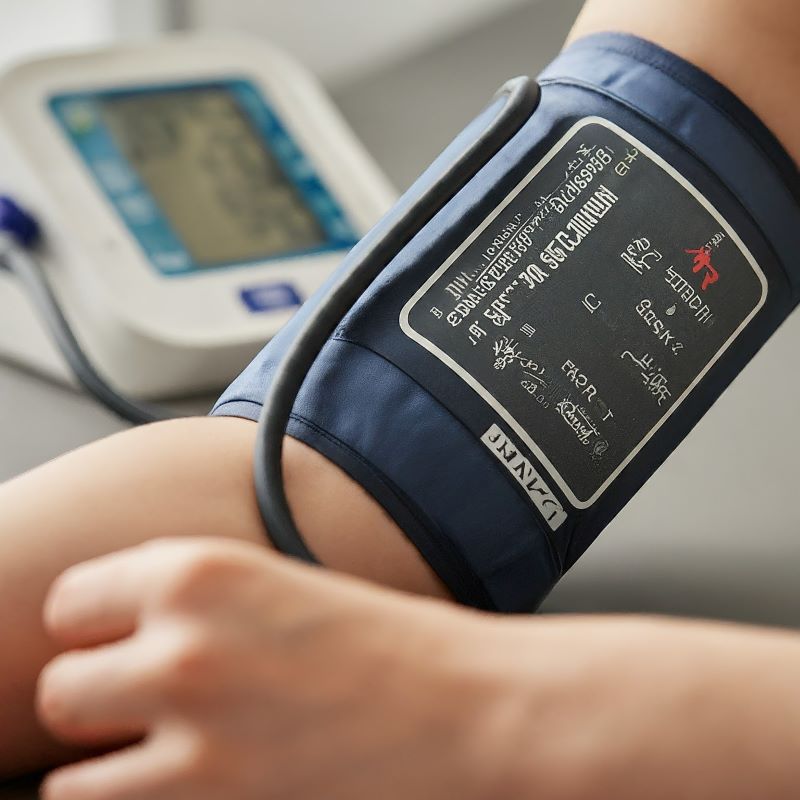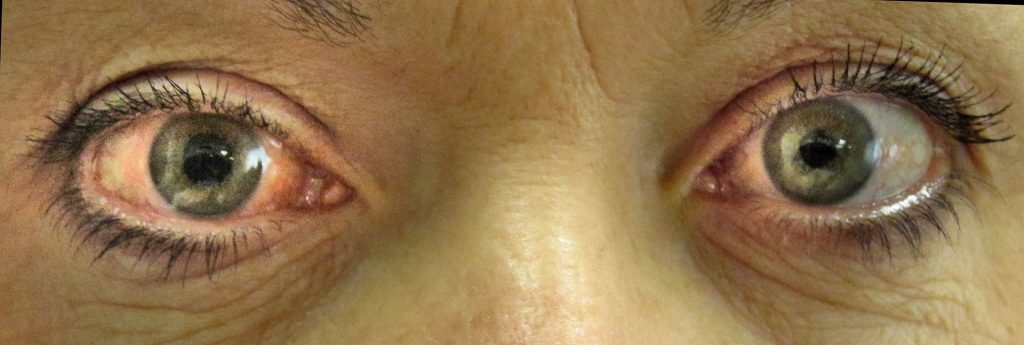Here are 10 common foods that can boost your brain power and promote overall cognitive health
1. Fatty Fish

Fatty fish like salmon, tuna, sardines, and herring are supreme brain foods. They’re excellent sources of omega-3 fatty acids, which play a crucial role in maintaining brain structure, improving memory, and reducing age-related cognitive decline.
2. Leafy Greens

Leafy green vegetables like spinach, kale, and collard greens are packed with brain-boosting nutrients like vitamin K, folate, beta carotene, and lutein. These nutrients are associated with slower cognitive decline and enhanced memory function.
3. Berries

Blueberries, strawberries, and blackberries are rich in antioxidants called flavonoids. Flavonoids help protect brain cells from damage, improve communication between neurons, and promote cognitive function.
4. Nuts and Seeds
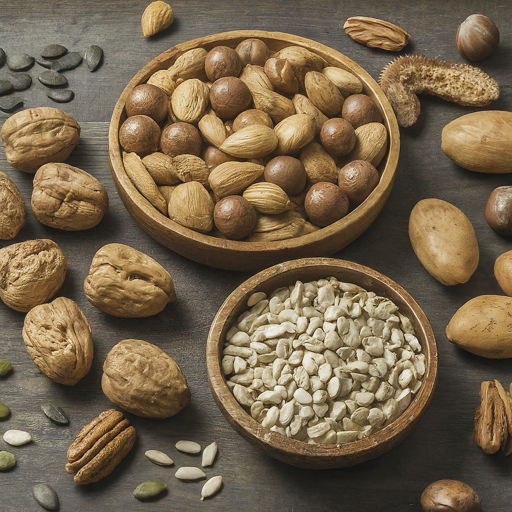
Nuts and seeds are powerhouses of vitamin E, healthy fats, and antioxidants. Vitamin E protects brain cells from oxidative stress, potentially reducing the risk for neurodegenerative diseases. Examples include walnuts, almonds, sunflower seeds, and chia seeds.
5. Eggs

Eggs are a good source of choline, an essential nutrient involved in the production of acetylcholine, a neurotransmitter vital for memory and learning.
6. Dark Chocolate

Dark chocolate (70% cocoa or higher) contains flavonoids and antioxidants that can enhance blood flow to the brain, promote brain cell growth, and improve cognitive function.
7. Coffee

Coffee contains caffeine, which acts as a stimulant to boost alertness, concentration, and focus. Additionally, coffee is a source of antioxidants that may protect the brain from damage.
8. Green Tea
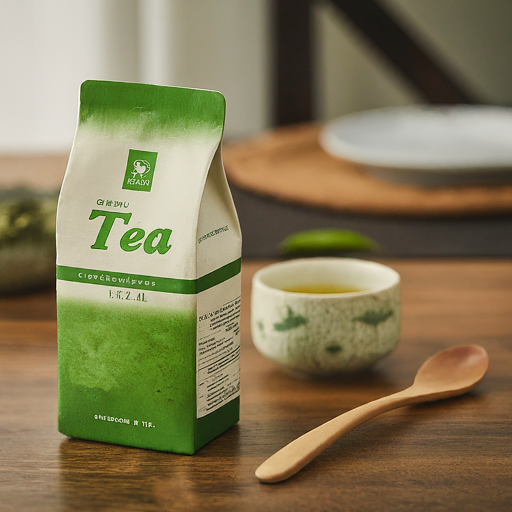
Green tea contains L-theanine, an amino acid that promotes relaxation and reduces stress. It also has a small amount of caffeine and antioxidants that support brain health.
9. Turmeric

This bright yellow spice contains curcumin, a powerful anti-inflammatory and antioxidant compound. Curcumin may protect against cognitive decline and promote brain cell growth.
10. Avocados
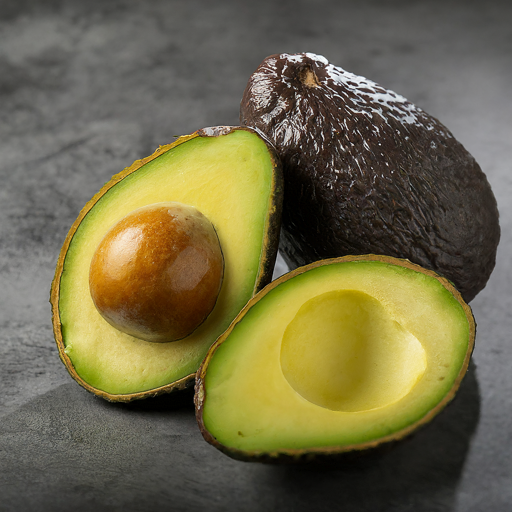
Avocados are a rich source of healthy monounsaturated fats, which promote blood flow to the brain. They also contain vitamin K and folate, which help protect against stroke and enhance cognitive function.
Remember: A healthy diet is just one piece of the puzzle. Make sure you’re also getting enough sleep, exercising regularly, and engaging in mentally stimulating activities for optimal brain health!






